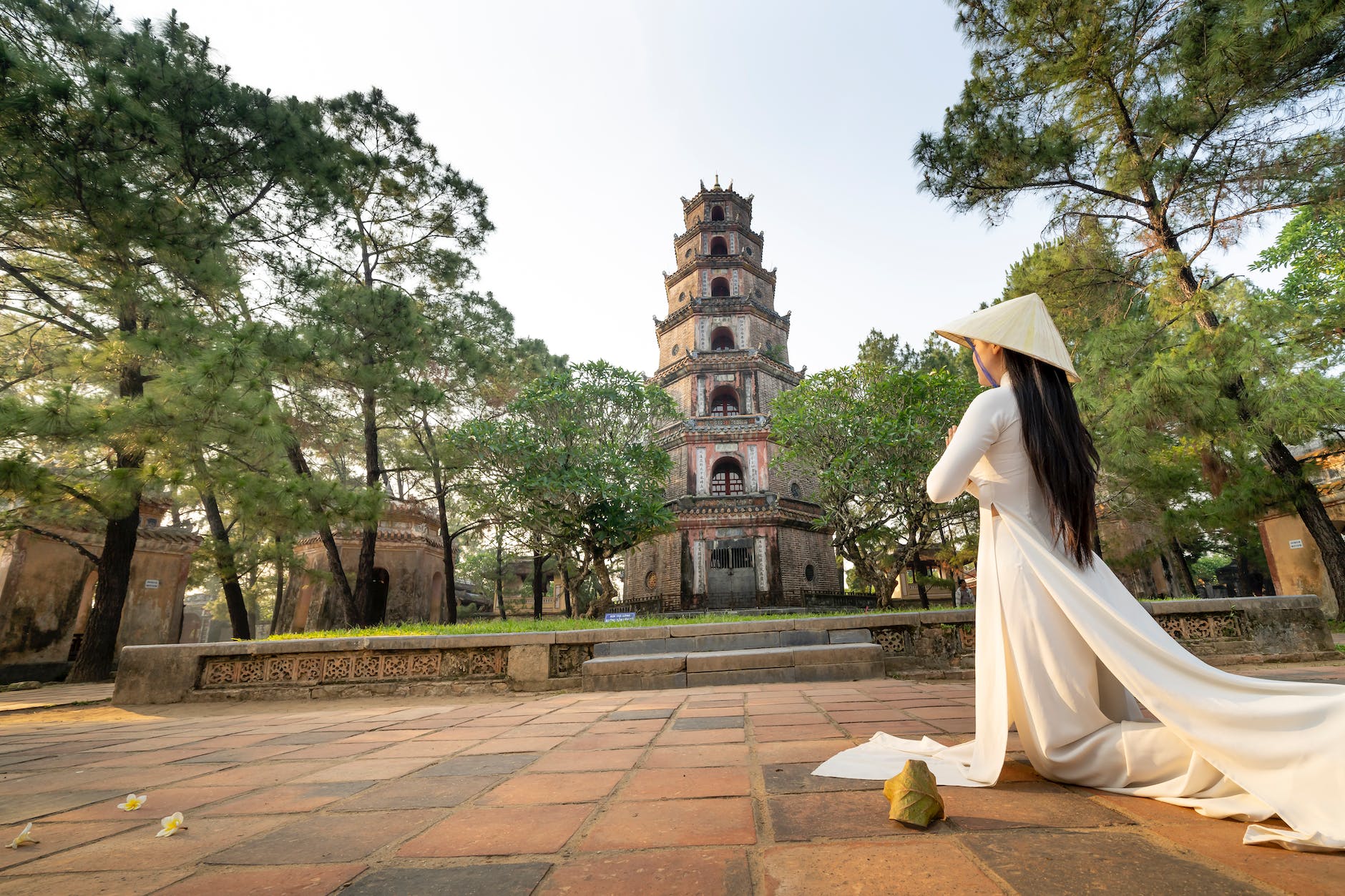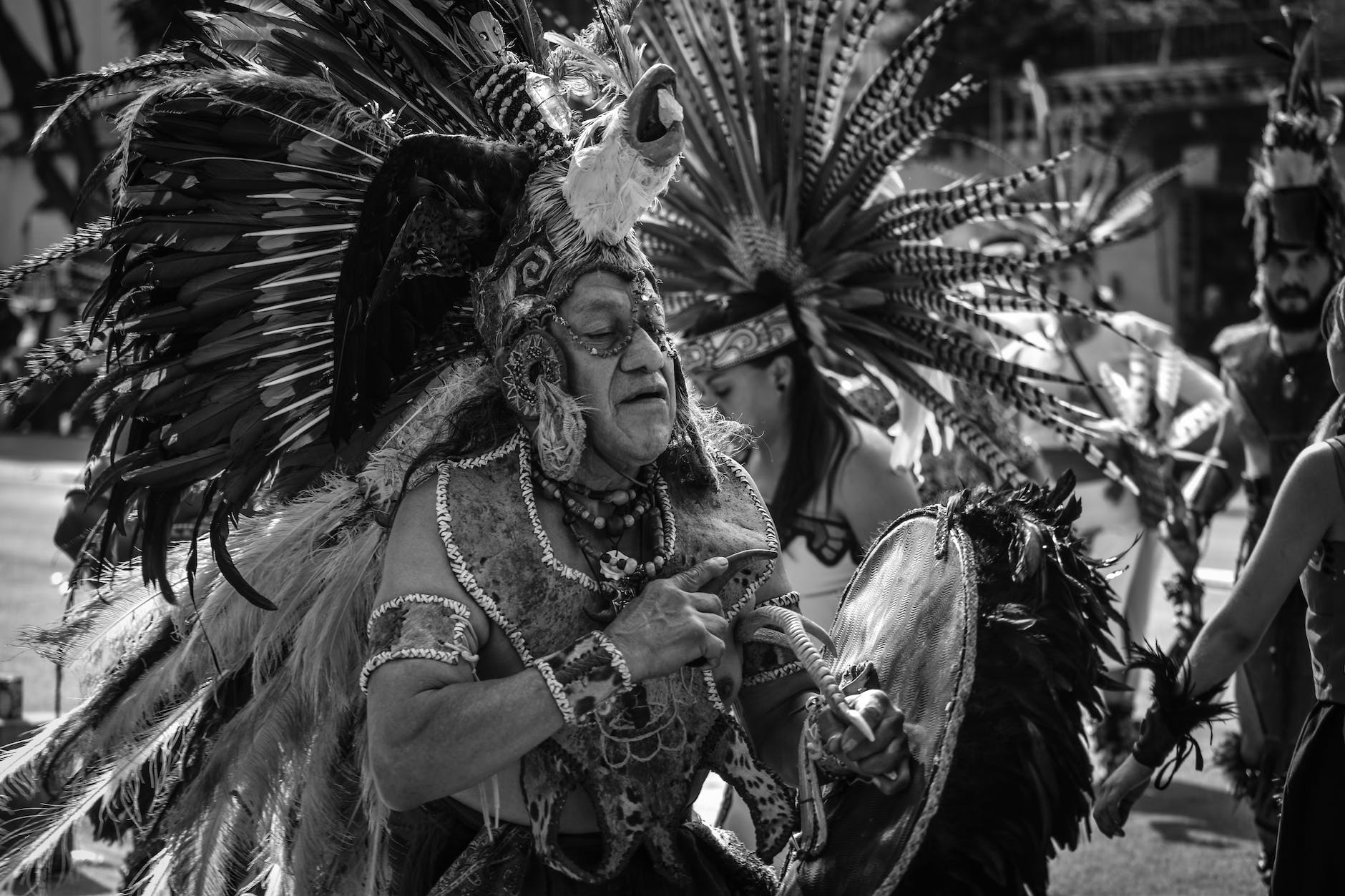Psychedelics, sometimes referred to as sacred plants, or in their academic designation, entheogens, have held a significant role in various global indigenous cultures for centuries. Rooted in ancestral wisdom, the use of these naturally occurring substances has augmented cultural heritage, traditional rituals, spiritual belief systems, and healing practices.
Shamanism is one of the leading traditions where the interplay of psychedelics, or plant medicine, is prominent. This ancient and widely practiced tradition among indigenous cultures acknowledges the connection between nature and humans. Shamans, as spiritual intermediaries, often consume psychedelics to ostensibly communicate with spirits and traverse metaphysical dimensions to gain knowledge and healing. Shamanism has divided these substances into a category known as plant teachers or masters, reflecting the belief that they provide profound spiritual guidance and insight.
The traditional use of these substances often encompasses rituals, another key element of indigenous cultures. Rituals are performed with a myriad of intentions: to communicate with deities or ancestors, heal the sick, or seek guidance for the community. Central to these rituals is the use of psychedelics, as they are believed to facilitate spiritual connections and communications.
A notable example is the indigenous cultures of the Amazon Basin that practice the Ayahuasca ceremony. Ayahuasca is a potent psychoactive brew traditionally utilized for spiritual and therapeutic purposes. The ceremony, overseen by a shaman, includes ingesting the brew and navigating through the resulting visionary experience to promote healing and personal transformation. Researchers argue that, for these cultures, Ayahuasca serves as a tool to connect with their spiritual realm and access ancestral wisdom.
Peyote, an entheogenic cactus, is another example of a psychedelic plant prevalent in the rituals of various Native American tribes. These tribes used Peyote for spiritual purposes, believing it to facilitate communication with God or ancestors. The Native American Church has even incorporated the ritualistic use of Peyote into their practicing doctrine, reflecting the deep resonance this plant has within Indigenous spirituality.
Psychedelics also play a significant role in the healing practices of indigenous cultures. In addition to their spiritual context, many of these cultures perceive psychedelics as potent medicinal agents. They are respected as potent tools capable of curing ailments, both physical and psychological. Of note is the use of Psilocybin mushrooms among the Mazatec people of Mexico. Traditionally used for healing purposes, these sacred fungi have been applied in recent western research on mental health conditions such as depression and anxiety.
In addition to their cultural and spiritual significance, indigenous views on psychedelics also offer an important perspective to the current conversation regarding psychedelic exploration in Western society. While Western science has just started exploring the potential therapeutic uses of psychedelics, these substances have been an integral part of indigenous healing traditions for centuries.
It’s essential to note, however, the ethical implications that increasingly arise with the international interest in these sacred plants. Alongside the growth in psychedelic research has come a surge of Western tourism seeking traditional indigenous psychedelic experiences. While some communities have leveraged this phenomenon, benefiting economically and culturally, there has been a concerning consequential appropriation and commodification of indigenous cultural practices.
In conclusion, the vital role of psychedelics in indigenous cultures remains profound. Perceived not only as chemical compounds but spiritual guides, tools for healing, and methods for community bonding, these substances indeed personify the indigenous peoples’ rich interaction with their environment. The endeavor to understand and value these ancestral practices can bring great insight, fostering greater intercultural respect and protecting the rightful heritage of indigenous communities.






